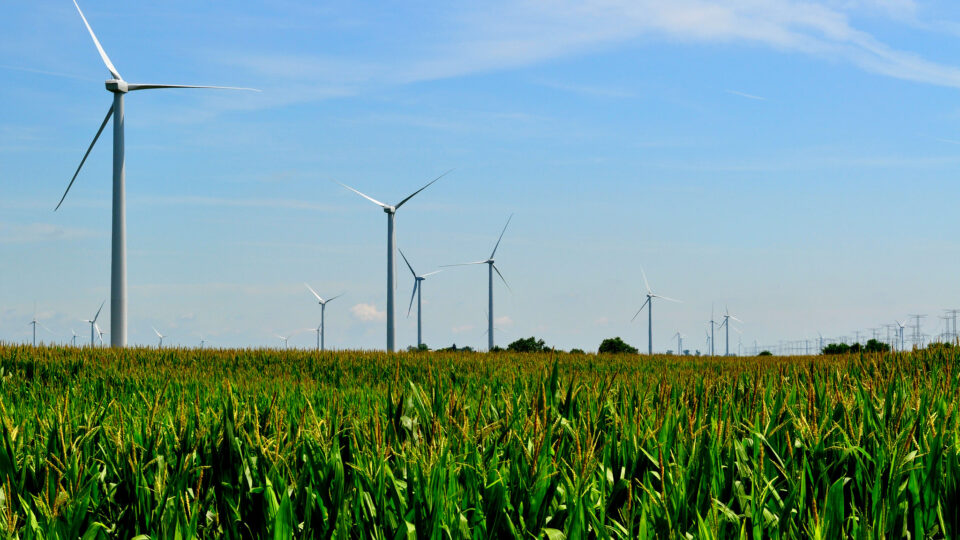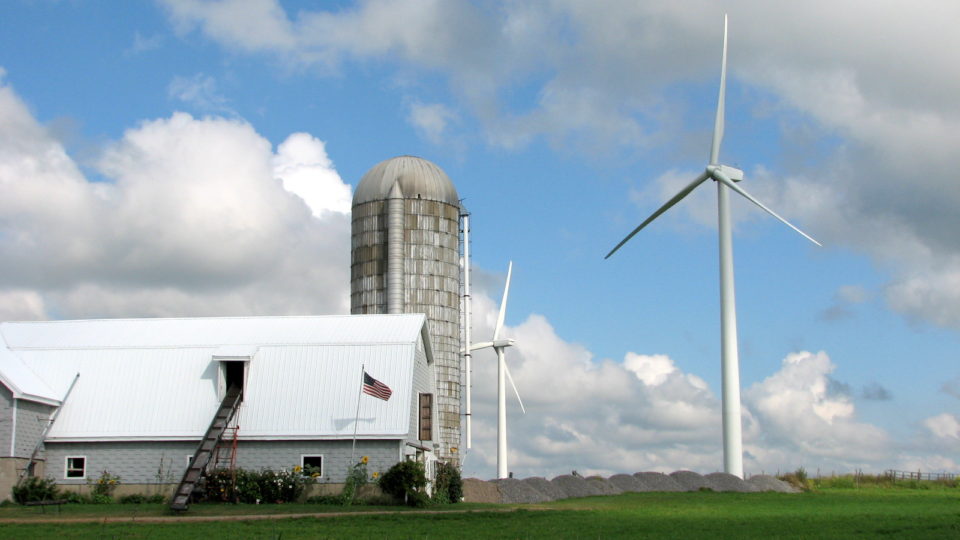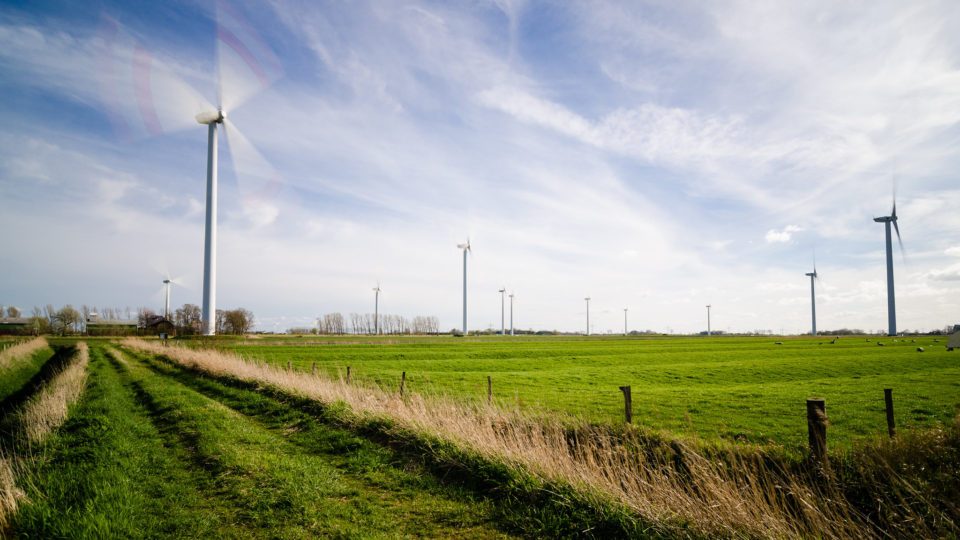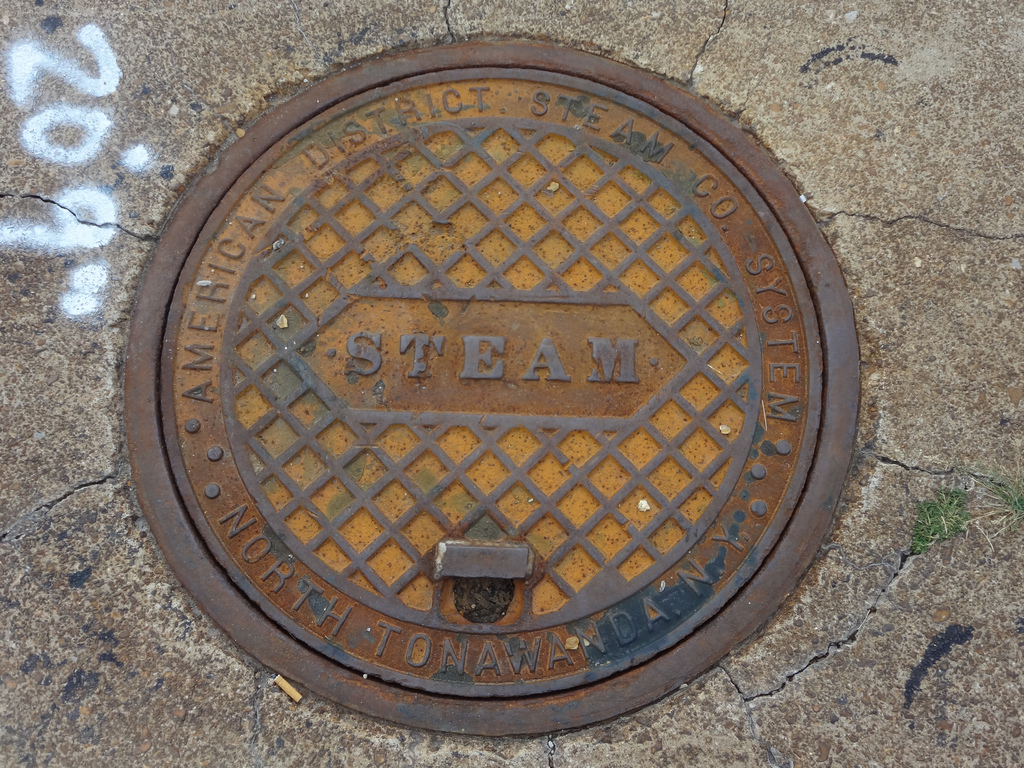Reaching net zero emissions is both feasible and affordable, according to researchers at the Department of Energy’s Lawrence Berkeley National Laboratory, the University of San Francisco, and consulting firm Evolved Energy Research. The researchers created a detailed model of the entire U.S. energy and industrial system to produce the first detailed, peer-reviewed study of how to achieve carbon neutrality by 2050.
The study analyzed multiple feasible technology pathways based on very different assumptions of remaining fossil fuel use, land use, consumer adoption, nuclear energy, and biofuel use. What they had in common was increasing energy efficiency, transitioning to electric technologies, utilizing clean electricity (especially wind and solar power), and deploying small amounts of carbon capture technology.
The decarbonization of the U.S. energy system is an infrastructure transformation. Getting to net zero by 2050 means adding many gigawatts of wind and solar power plants, new transmission lines, a fleet of electric cars and light trucks, millions of heat pumps to replace conventional furnaces and water heaters, and more energy-efficient buildings.
The various pathways studied have net costs between 0.2% and 1.2% of GDP, which is as little as $1 per person per day. The cost variations come from various tradeoffs such as the amount of land given to solar and wind farms as well as the amount of new transmission infrastructure required.
A key result of the study is that the actions required over the next 10 years are similar among all the pathways. We need to increase the use of renewable energy and make sure that all new infrastructure, such as cars and buildings are low carbon.
**********
Web Links
Getting to Net Zero – and Even Net Negative – is Surprisingly Feasible, and Affordable
Photo, posted July 12, 2010, courtesy of Tom Shockey via Flickr.
Earth Wise is a production of WAMC Northeast Public Radio.



